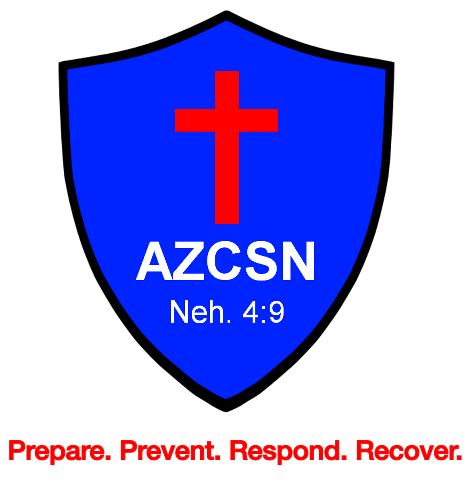The significance of child protection policies for our churches should be one of our top priorities in ministry. In part one of this series, we are going to explore why we need to focus on protecting the children in our care from a variety of perspectives. There are several questions we should be asking ourselves.
The first question I am often asked is “why do we need to be concerned?” Our God is sovereign, and He is going to protect the children. I completely agree God is sovereign. However, although we recognize He can do all things in His own power there are many times He chooses to work through His people. Unfortunately, often the wolf is wearing sheep's clothing. I don’t want us to become paranoid about the safety of our children at church. However, we need to be aware there is a very real threat against them today. We need to be prepared to educate, prevent, and respond to these threats.
Why do we need to be concerned?
Let’s start by examining what Jesus teaches us about children. In Matthew 19:13-14 we read “13 Then children were brought to him that he might lay his hands on them and pray. The disciples rebuked the people, 14 but Jesus said, “Let the little children come to me and do not hinder them, for to such belongs the kingdom of heaven.” 15 And he laid his hands on them and went away.[1]” In a time in history when children were not valued by many people Jesus is emphasizing the importance of ministering to them. In Luke 9 we see Jesus using children to demonstrate an important lesson. “47 But Jesus, knowing the reasoning of their hearts, took a child and put him by his side 48 and said to them, “Whoever receives this child in my name receives me, and whoever receives me receives him who sent me. For he who is least among you all is the one who is great.”[2] There are many other Scriptures pointing to the importance of children. We can surmise from these verses and others Jesus had a high view of children. When we look at the teaching of Christ, we can see we have a spiritual and a moral obligation to protect the children in our care. None of us desire for a child to be physically, spiritually, or emotionally in our ministry.
The moral and the spiritual impact of children being abused in a ministry setting absolutely impacts the Kingdom of God. Not only does it shine a negative spotlight on Christ’s church, but it also impacts those who do not believe or follow Him. The child who is abused in a ministry context will certainly have spiritual struggles. These struggles may extend to the parents and other family members, the other members of the church, and the community at large. When a child is abused in a ministry setting the tragedy is not limited to impacting the child and their family, it often will extend out into the community. It will have a negative impact on the image of the church and its believer’s, which will translate to a lack of trust.
We clearly have a spiritual and moral duty to protect the children in our care! What about our church’s legal duty in this world? When we look at litigation and liability, we need to be aware of the significant impact this will have on our ministries. In Mirlis v. Greer, 952 F. 3d 36 (2nd Cir. 2020) a federal appeals court ruled that a $21.7 million verdict against a teacher and private Jewish school for the teacher’s sexual molestation of a student was not excessive and would not be overturned. In Doe v. Apostolic Assembly (W.D. Tex. 2020) a federal court in Texas ruled that a church could be sued for punitive damages as a result of its reckless handling of a sexual abuse case involving a minor victim. Punitive damages and personal liability of board members was triggered by gross negligence. Richard Hammar, J.D., C.P.A. of Church Law and Tax identifies sexual abuse of a minor as the number one reason churches end up in court.
This brings us to the answer to our first question. We need to protect the children in our care because we have a spiritual, moral and legal obligation. We need to make certain we are protecting these children who are the future of the church from predators who may be among us.
Note: Church Law & Tax is an amazing resource for churches on a variety of topics including child protection. This is not a paid review or advertisement. We try to bring you ministry resources that will provide firm foundations in ministry safety and security. More information is available at https://www.churchlawandtax.com/
[1] The Holy Bible: English Standard Version. (2016). (Mt 19:13–15). Wheaton, IL: Crossway Bibles.
[2] The Holy Bible: English Standard Version. (2016). (Lk 9:47–48). Wheaton, IL: Crossway Bibles.
